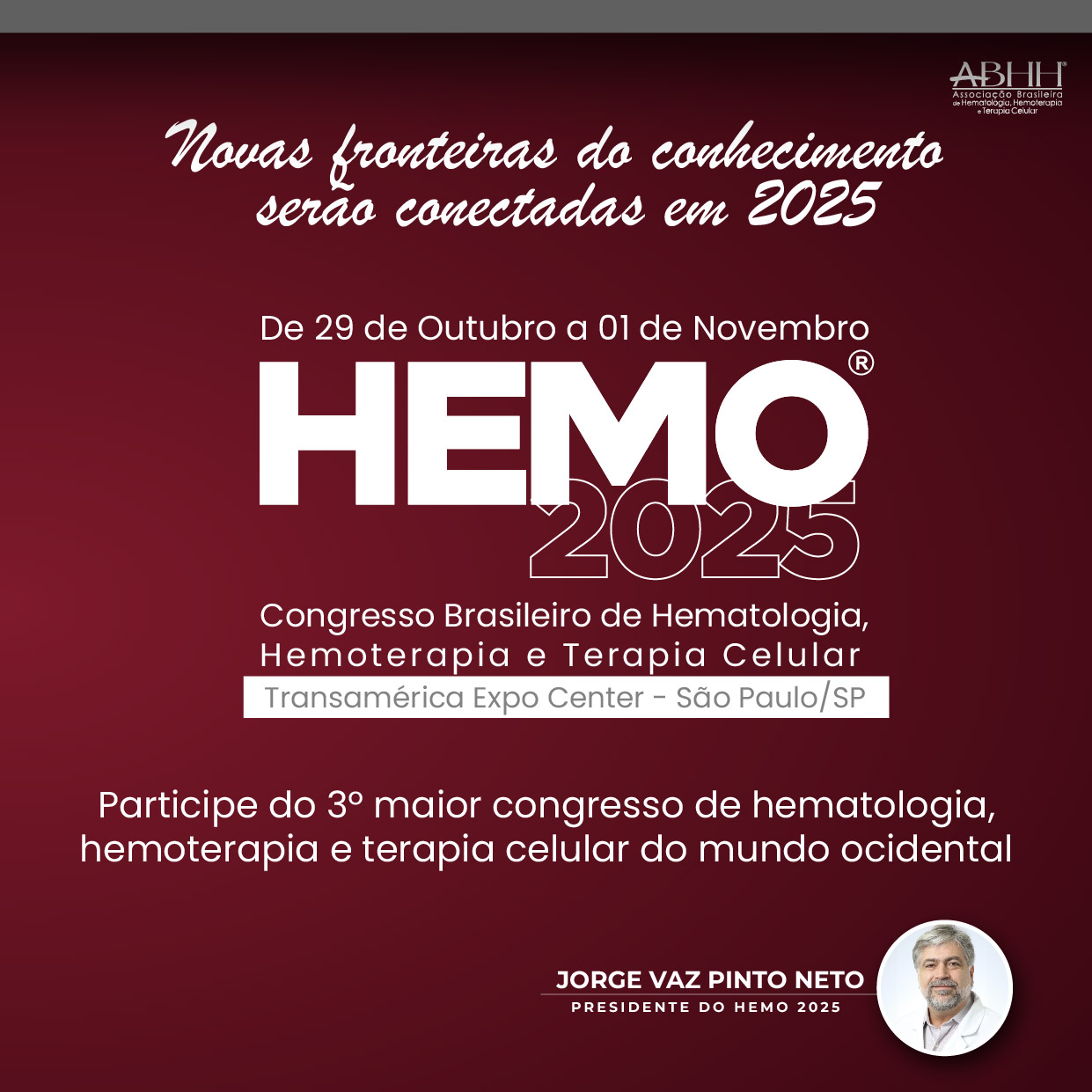Objective: Primary endpoint was to quantify lymphocytes subpopulations in (NDMM) (TE) patients at different treatment phases. Secondary endpoint was to evaluate B cells subsets at same times. Methods: Peripheral blood of 10 NDMM TE patients was collected at three different moments: at diagnose, after 4 induction cycles and after two consolidation cycles post- (ASCT). Dara-CTd protocol was for up to four 28-day induction cycles: C-500 mg per oral (PO) d 1,8 and 15, T at 100-200 mg PO d 1 to 28, Dex at 40 mg PO d 1,8,15 and 22 and Dara 16 mg/kg/dose IV on d 1,8,15 and 22 during cycles 1 - 2 and every other week in cycles 3 – 4, followed by ASCT. Consolidation was started at D+30 after ASCT and all patients received up to four 28-day consolidation cycles: Dara 16 mg/kg and (D) at 40 mg every other week, associated with T at 100 mg PO d 1 - 28. Dara 16 mg/kg was used monthly as maintenance until progression or limiting toxicity. Flow cytometry was used to detect lymphocyte surface by CD3, CD4, CD5, CD8, CD16, CD19, CD20, CD38, CD45 and CD56 in the scatter plot. B cells were isolated and subpopulations (naïve B cells, class and non-class switched memory B cells, IgD-CD27- memory B cells and plasmablasts) were detected by CD20, CD24, CD27, CD38, CD45 and IgD. Statistical analysis was performed using the SPSS® v25.0. Results: The median number of lymphocytes subsets at diagnosis was 1.139 x 103/μL for T cells, 155 x 103/μL for B cells and 284 x 103/μL for NK cells. After four cycles of Dara-CTD the median number of T, B and NK cells had dropped to 834, 7.5 and 8.0 x 103/μL respectively (p ≤ 0.05). After two consolidation cycles post-ASCT, the T cells showed full reconstitution (1.246 x 103/μL) while B cells and NK cells had weakly reconstitution (20 x 103/μL and 33 x 103/μL, respectively). Regarding B cells subpopulations, the median B cell naïve numbers decreased from 32 x 103/μL to 1 x 103/μL (after 4 cycles), and recovery post-ASCT to 14 x 103/μL. Class and non-class switched memory B cells numbers decreased after induction from 30 to 3.5 x 103/μL and 37 to 2.0 x 103/μL respectively. These subpopulations recovery after ASCT+ two consolidation cycles were not observed. Discussion: Different cells expresses CD38 antigen in their surface and depending on that, lymphocytes counts reduction have been shown with different protocols using Dara. The present study confirmed that there is a decrease on total lymphocytes numbers after Dara- use. After two consolidation cycles post-ASCT, T cells counts had been recovered, while NK and B cells had a slightly recovery suggesting that Dara-CTD combination had a slighted negative impact in those lymphocytes’reconstitution. Concerning specially B cells populations, we found that naive B cell was the first to showed recovery, although it was still below the reference range (33 – 259 x 103/μL). Conclusion: This is the first study that reported lymphocyte profile with Dara plus CTD protocol. The preliminary data suggests that Dara-CTD reduces all lymphocytes populations after induction phase, but after ASCT followed by two consolidations cycles full reconstitution of T cells and slight recovery of B and NK cells was observed.
The Impact Factor measures the average number of citations received in a particular year by papers published in the journal during the two preceding years.
© Clarivate Analytics, Journal Citation Reports 2025
SRJ is a prestige metric based on the idea that not all citations are the same. SJR uses a similar algorithm as the Google page rank; it provides a quantitative and qualitative measure of the journal's impact.
See moreSNIP measures contextual citation impact by wighting citations based on the total number of citations in a subject field.
See more






